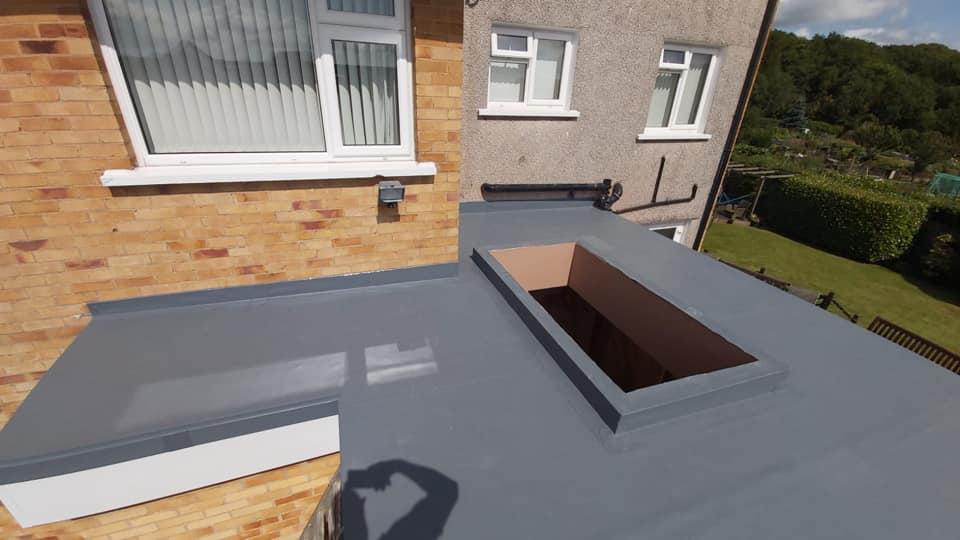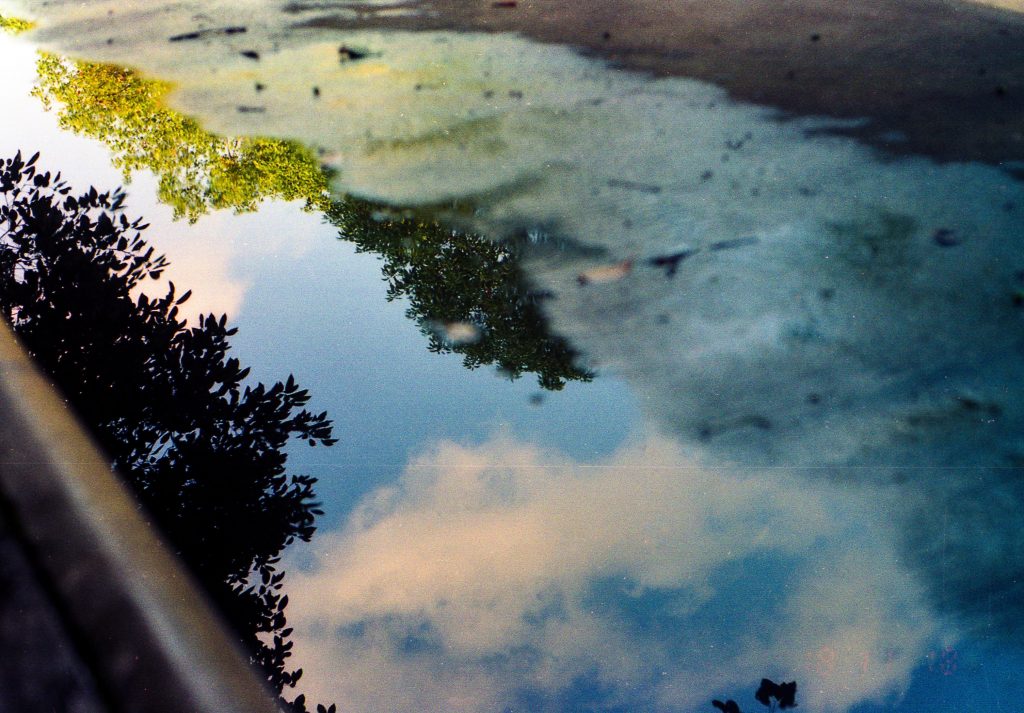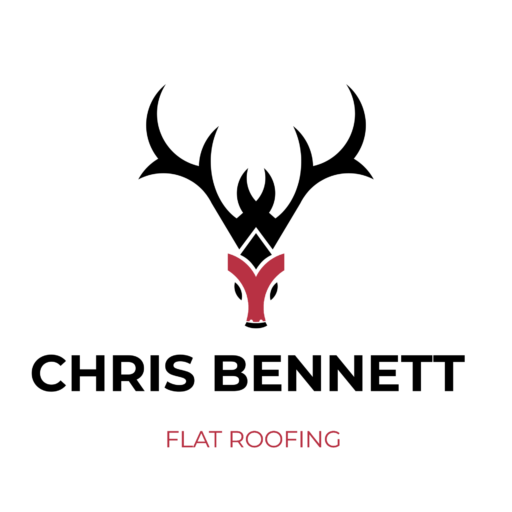With cities becoming more and more congested, urban sprawl gaining momentum on a seemingly daily basis, and a continual demand for affordable housing, gardens, and greenery have become an ever-increasing rarity. But as we head into a vastly different housing future, the traditional idea of the garden has evolved in conjunction with housing and has adapted to take on new, vital, and interesting forms, one of the most exciting of which, is the green roof.
What Is A Green Roof?
A green roof is a garden that has been specifically designed and planned to be grown on the roof of a home. Welcomed by planning bodies and departments in urban environments for the colour and individuality that they add to usually non-descript streets and the relatively easy to maintain way in which they aid and encourage biodiversity (different kinds of life) in non-greenbelt areas, green roofs have become an increasingly common, and popular feature in all sorts of locations, from cities to villages and everywhere in between.
Often referred to as flat green roofs, because the easiest way to create an ecologically friendly environment within the confines of your home is by doing so on a flat rather than the traditionally sloped roof, there are multiple benefits to installing and maintaining a green roof and very few drawbacks. And in an age where we are all actively encouraged to look out for, and do whatever we can to help protect the environment, a green roof doesn’t just make moral sense, it’s also a sound financial investment.
Different Types Of Green Roof
If you’ve started to think about installing or incorporating a green roof in your home it’s important to understand that, broadly speaking, they fall into two distinct categories – intensive and extensive.
Extensive green roofs are usually a more popular choice for those of us who aren’t naturally gifted horticulturalists and aren’t blessed with the gift of green fingers. They are designed to be lightweight and don’t require the homeowner to be constantly involved in their upkeep, as they use a thin substrate (the term used to refer to the growing medium that a green roof uses, which in most cases is soil) layer and because they are far more common than he intensive variety, helped to popularise the term “roof garden”. Generally more suited to roofs and areas of a building that are less accessible, they are created to be as maintenance-free as possible and can often add a much needed level of colour in areas in which it is sadly lacking.
The low maintenance of an extensive green roof does come at an additional cost, however, as they, unlike intensive green roofs, generally thrive on roofs that have a slope of less than thirty-five degrees, which is why they called flat green roofs.
Intensive green roofs are usually the preferred choice of the dedicated gardener or homeowner looking to create an area of greenery that’s both visually striking and individual. While extensive green roofs helped the term ‘roof garden’ to become a part of the popular mainstream lexicon, it was intensive green roofs that coined the phrase in the first place. Requiring a far greater degree of maintenance than their extensive counterparts, intensive green roofs are more suited to areas that are easily accessible and can be tended to frequently with the due diligence and care that they need to flourish.
The Benefits Of Flat Green Roofs
Green roofs have a number of different benefits. They help to provide an additional layer of insulation for your home, which ensures that it’ll retain heat and warmth and will help reduce your overall heating bills. While you won’t feel the effects of the green roof’s natural insulation immediately, they’re a long-term investment, and their economic benefits are designed to gradually lower your financial outgoings.
In addition to the extra insulation that they create, a flat green roof can also help to deaden the level of sound that emanates from your home, or more specifically the area of your home that they covering by up to fifty percent, and as the greenery that’s part and parcel of their design also absorbs rainwater, they can and do minimize rain water run off and the impact that it can have on your drains and guttering.
The other economic benefit that they imbue your home with is the value that they add to it. The individual nature and aesthetic of flat green roofs mean that they also add value to your home, especially when they’re used to cover single or double-story extensions. An instantly marketable asset that estate agents always seize upon, roof gardens have a way of selling properties by themselves and will help to ensure that your home, should you ever choose to sell it, won’t linger on the housing market for long.
And finally, there’s the ecological reason. As well as being beautiful to look at and increasing the level of color and individuality in your home, a flat green roof also provides a haven for birds and insects, and depending on the variety of seeds and flowers that you plant and use in its design, the different types of both that will visit your green roof can be simply staggering. If you’re a budding ornithologist or twitcher, you’ll be able to sit back and enjoy watching your visitors explore the home that you’ve created for them. They can also provide a blank canvas for the dedicated horticulturist or enthusiastic amateur gardener who might otherwise have the room to do so to design and create their ideal outdoor space.
The Drawbacks Of Flat Green Roofs
While they’re not significant, flat green roofs aren’t without their own set of inherent drawbacks, all of which are centered around, and on that fact that they’re essentially gardens. And like all gardens, whether you choose an extensive or intensive flat green roof, it’s going to need to be maintained and cared for. Granted, an extensive roof garden will take far less time to care for than an intensive one, and will, in all likelihood, just require you to water it every now and then, but it will need to be cared for nonetheless, so you’ll need to be prepared to look after the new addition to your home.
Creating A Flat Green Roof
Contrary to popular home-owning mythology, a flat green roof won’t absorb all the rain that goes hand in hand with living in the UK. It’ll swallow up most of it, but you’ll still need guttering around the flat roof area to account for, and take care of, the runoff. A flat green roof is usually composed, and comprised, of five different levels, all of which are essential.
The first layer that needs to be laid is a garden membrane that’s root resistant (and so designed to prevent any errant plants from trying to embed themselves in the actual roofing of your home) that should ideally be around three hundred microns thick and needs to be fixed to your roof by a specialist.
The second layer should ideally be cloth or one made of a material that’s been made to retain and hold on to moisture and will prevent it from leaking through to the primary membrane layer.
After the material or cloth layer has been laid, it needs to be covered with aggregate that will help to promote drainage and won’t absorb any moisture, ensuring that any and all water that does soak through, will be evenly dispersed throughout your flat green roof garden.
The fourth layer, and the final one before adding your garden material is a filtration level that’s been designed to allow moisture, but not soil or any other organic matter, to pass through it.
Next is the fun part of your flat green roof – the soil and the seeds, plants and flowers that actually create and form your roof-based garden. This is the point at which you can let your inner designer go wild, or not if you’re planning on installing an extensive green roof.
The Environmental Impact Of A Flat Green Roof
As all of the layers that a roof garden is composed of are designed to be as natural as possible, they’re all incredibly environmentally friendly. They’ll leave the same organic footprint on your home as a traditional garden would, and the end result will be as visually pleasing and ecologically beneficial to wildlife, flora, and fauna.
How Does A Flat Green Roof Cost To Install?
Depending on what you want your flat green roof to eventually look like, and the size of the area that it’ll need to cover, the cost of installing it can vary. However, our dedicated team of specialist roofers and experts at Sureseal will be happy to help you and talk to you about your designs and ideas and will guide you through the process and what it involves at every stage of its installation. We’re also more than happy to visit you at home and provide you with a quote for the installation of your flat green roof and aid you in any way that we can, so feel free to contact us, and together we can start to design and create your ideal roof garden.



